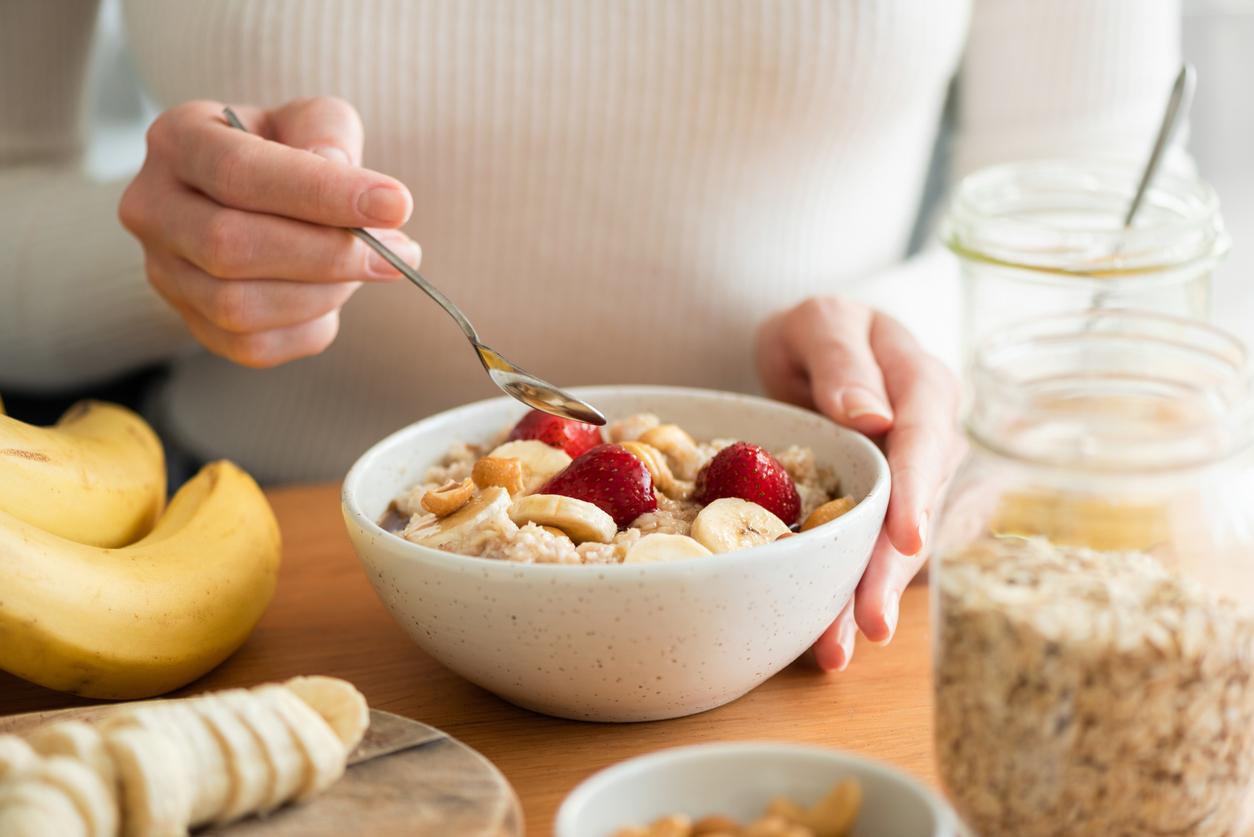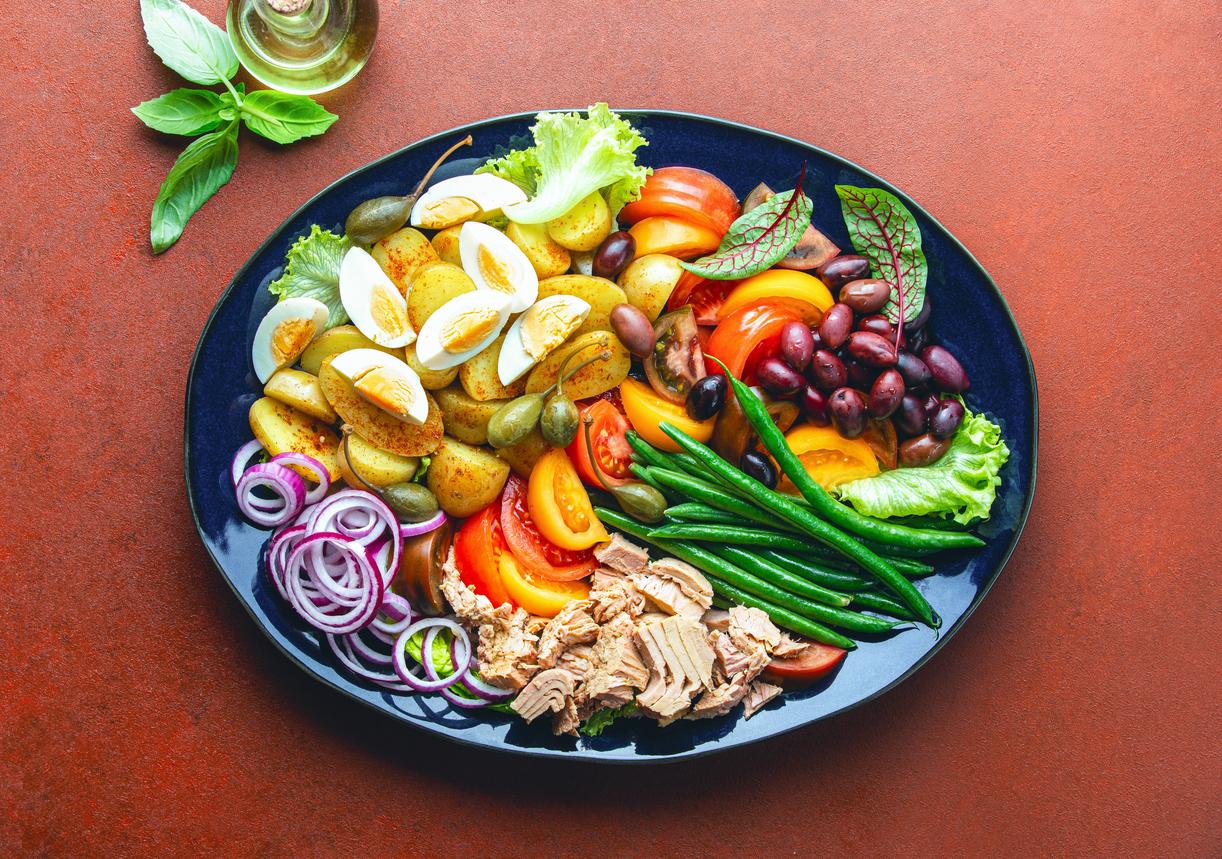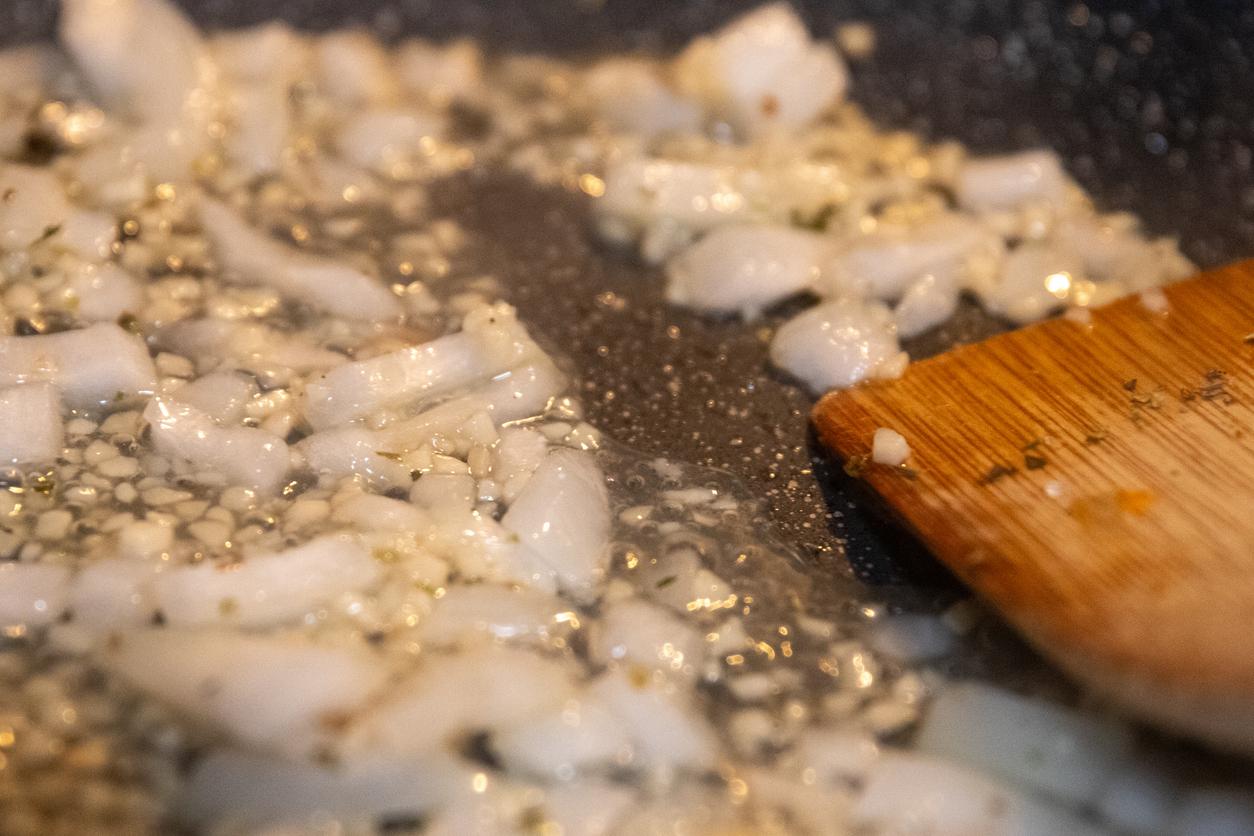Diversification is the introduction of any food other than breast milk, except vitamin and mineral supplements. Getting your child to taste new foods is a step that can raise a lot of questions for parents. Jean-François Desessard, biologist and scientific journalist, and Sophie Nicklaus, agricultural engineer at INRA, try to provide them with some answers in a fictionalized book “The children’s diet told to parents”.
Food diversification: at what age?
This feeding with something other than milk requires more or less mastery of chewing, which only takes place between 6 and 9 months, while sucking is an innate mechanism in newborns. However, this easy solution is no longer encouraged today. WHO, like other international organizations, recommends introducing dietary diversification between 4 and 6 months. Indeed, it is the confrontation with different foods, different textures, which will develop your baby’s oral-lingual motor skills.
What foods should you favor or avoid?
“In general, there are no specifically demonstrated rules such as“ no cow’s milk before 1 year old or egg before 2 years ”. This practice must take into account the degree of digestive maturation of the infant, its psychomotor development and its family and cultural context ”underline the authors.
Obviously, you have to wait for the first teeth to give harder and larger pieces of meat for example. The baby will develop new strategies in order to reach the end of his new take. Remember also that you should never stop at the first reactions of your baby, because repeated exposure to a food works as well as associating it with another pleasant flavor like salt or sugar.
Food diversification: “home-made” or small pots?
The small pot remains a sure ally. The regulations are very strict: no preservatives, no artificial colors, sweeteners and flavors. The nitrate and pesticide content is close to 0. The only black spots in the table of small pots would be their prices and tastes estimated more bland and less diversified by parents.
Nevertheless the introduction of fruits and vegetables rich in fiber, thanks to purees and homemade soups, has significant effects on the development of the microbiota. The presence of new bacteria is most beneficial for a child’s digestive system and will play an important role in the development of his health.
Food diversification, how is it happening elsewhere?
In Japan, we start this famous passage with a smooth rice porridge called okayu. It is very quickly accompanied by crushed fruit, vegetables, fish and tofu. In the Philippines, rice is cooked in chicken broth to which pieces of chicken, ginger onion and garlic are added. In Tibet, again, this time it is barley porridge flavored with yak butter that initiates diversification. In Morocco, dried fruits, in Central Africa, cassava and sweet potato, in Europe and Latin America corn or oat porridge is accompanied by mashed vegetables and fruits … In short, all this diversity across the world shows that there are no pre-established rules.
More informations : Children’s nutrition told to parents, Jean-François Desessard and Sophie Nicklaus, Quae editions
Read also :
Baby fed on vegetable milk: parents condemned
Common misconception: when I’m pregnant, I eat for two
Breast milk transfers certain food flavors
















